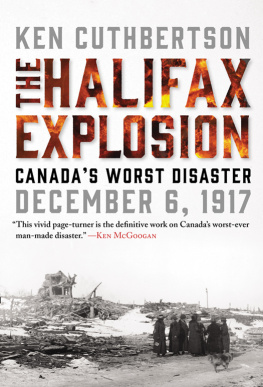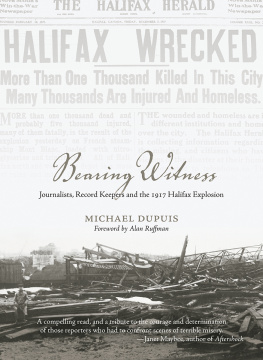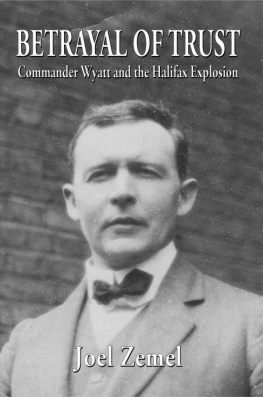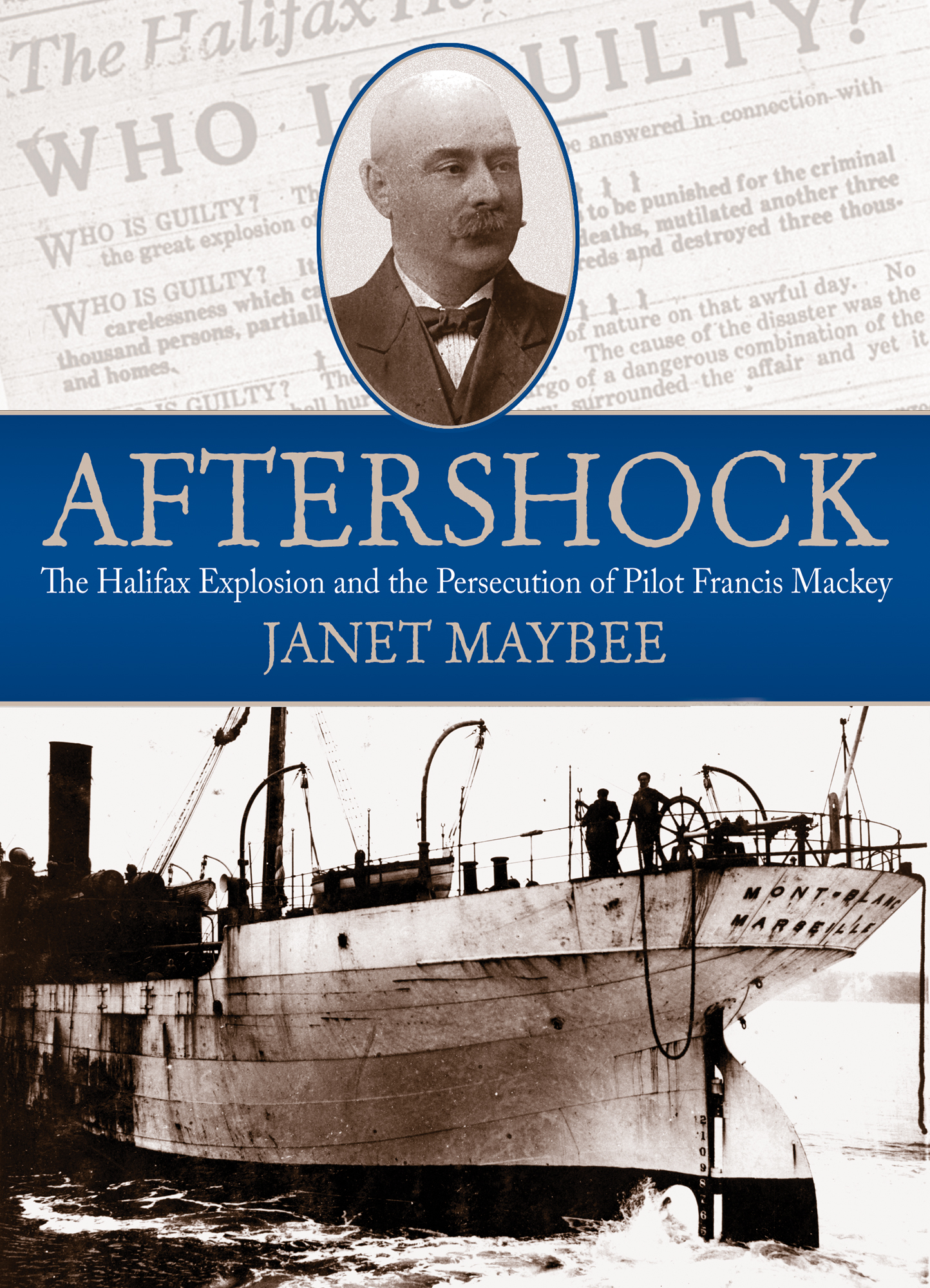Mackey Francis - Aftershock: the Halifax explosion and the persecution of pilot Francis Mackey
Here you can read online Mackey Francis - Aftershock: the Halifax explosion and the persecution of pilot Francis Mackey full text of the book (entire story) in english for free. Download pdf and epub, get meaning, cover and reviews about this ebook. City: Halifax (N.-É.);Halifax (N.S.);Nova Scotia;Halifax, year: 2015, publisher: Nimbus Publishing (CN), genre: Non-fiction. Description of the work, (preface) as well as reviews are available. Best literature library LitArk.com created for fans of good reading and offers a wide selection of genres:
Romance novel
Science fiction
Adventure
Detective
Science
History
Home and family
Prose
Art
Politics
Computer
Non-fiction
Religion
Business
Children
Humor
Choose a favorite category and find really read worthwhile books. Enjoy immersion in the world of imagination, feel the emotions of the characters or learn something new for yourself, make an fascinating discovery.

- Book:Aftershock: the Halifax explosion and the persecution of pilot Francis Mackey
- Author:
- Publisher:Nimbus Publishing (CN)
- Genre:
- Year:2015
- City:Halifax (N.-É.);Halifax (N.S.);Nova Scotia;Halifax
- Rating:5 / 5
- Favourites:Add to favourites
- Your mark:
Aftershock: the Halifax explosion and the persecution of pilot Francis Mackey: summary, description and annotation
We offer to read an annotation, description, summary or preface (depends on what the author of the book "Aftershock: the Halifax explosion and the persecution of pilot Francis Mackey" wrote himself). If you haven't found the necessary information about the book — write in the comments, we will try to find it.
On December 6, 1917, harbor pilot Francis Mackey was guiding theMont Blanc, a French munitions ship, into Bedford Basin to join a convoy across the Atlantic when it was rammed by Belgian Relief vesselImo. The resulting massive explosion destroyed Halifaxs north end and left at least two thousand people dead, including pilot William Hayes aboard Imo.
Who was to blame?
Federal government and naval officials found in Pilot Mackey a convenient target for public anger. Charged with manslaughter, he was imprisoned, villainized in the press, and denied his pilots license even after the charges were dropped. A century later he is still unfairly linked to the tragedy.
Through interviews with Mackeys relatives, transcripts, letters, and newly exposed government documents, author Janet Maybee explores the circumstances leading up to the Halifax Explosion, the question of fault, and the impact on the pilot and his family of the unjust, deliberate persecution that followed.
Mackey Francis: author's other books
Who wrote Aftershock: the Halifax explosion and the persecution of pilot Francis Mackey? Find out the surname, the name of the author of the book and a list of all author's works by series.













-alt.jpg)